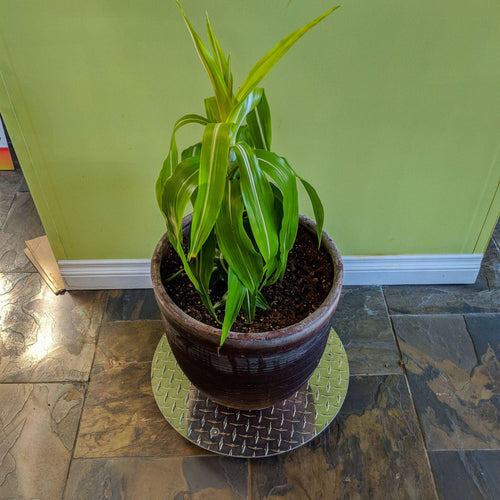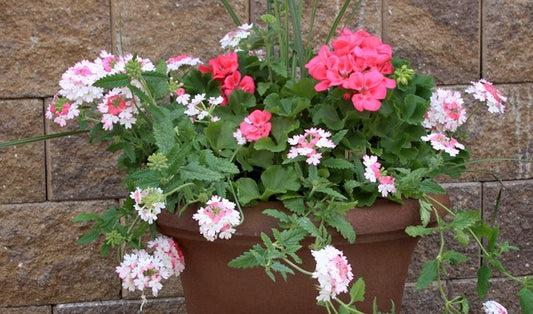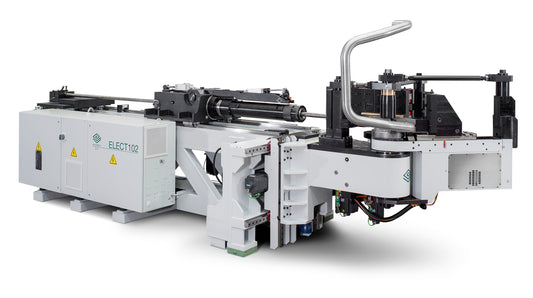Stainless steel is an alloy of iron with a minimum of 10.5% chromium. Unlike iron or steel that readily corrodes, the chromium produces a thin layer of oxide on the surface of the steel known as the 'passive layer'. This prevents corrosion of the surface. Increasing the amount of chromium gives an increased resistance to corrosion. Don't confuse stainless steel with galvanized steel - galvanized steel is plain steel with a layer of zinc applied to the surface. Because the passive layer is only millionths of an inch thick, it can be damaged if abused.
Three basic things can damage this protective layer and allow corrosion to take hold:
- Mechanical Abrasion - Anything that can scratch the steel's surface including steel wool, wire brushes, and scrapers
- Deposits & Water - Hard water left sitting on the surface will leave water spots and can break down the layer of protection
- Chlorides - Found in water, food, table salt, and in many household and industrial cleaners
There are many different "series" of stainless steel, based on its composition. Elements like molybdenum and nickel may be added to impart useful properties such as enhanced form-ability and increased corrosion resistance. Two of the most common series are the:
a) 300 Series stainless steel which contains both chromium and nickel
b) 400 Series stainless steel which contains chromium.
Both of these series of stainless steel are popular in the food industry because they look good and in water based environments, when properly cared will not corrode as demonstrated by there use in domestic sinks, cutlery, barbecue grills and work-surfaces.





